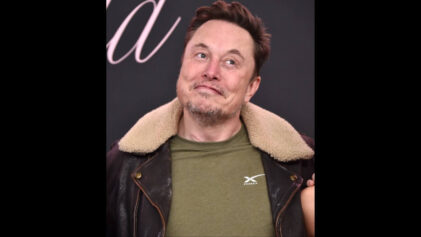
The findings of three reports over several years indicate the disenfranchised, in particular, are way off the mark in understanding how much a small percentage of citizens control most of the wealth.
In a 2011 study, 5,000 U.S. citizens were asked to to guess the percentage of wealth (i.e., savings, property, stocks, etc., minus debts) owned by each fifth of the population by researchers Michael Norton and Dan Ariely.
They also asked people to construct their ideal distributions. Imagine a pizza of all the wealth in the United States. What percentage of that pizza belongs to the top 20% of Americans? How big of a slice does the bottom 40% have? In an ideal world, how much should they have?
The results were startling. The average American believed that the richest fifth own 59% of the wealth and that the bottom 40% own 9%. The reality was significantly different.
The top 20% of US households own more than 84% of the wealth, and the bottom 40% combine for a paltry 0.3%. The Walton family, for example, has more wealth than 42% of American families combined.
Last year, another study, this one by Norton and Sorapop Kaitpongsan, asked about 55,000 people from 40 countries to estimate how much corporate CEOs and unskilled workers earned. Then they asked people how much CEOs and workers should earn. The median American estimated that the CEO-to-worker pay-ratio was 30-to-1, and that ideally, it’d be 7-to-1. The reality: 354 to 1. Fifty years ago, it was 20-1.
“In sum,” the researchers concluded, “respondents underestimate actual pay gaps, and their ideal pay gaps are even further from reality than those underestimates.”
The study said the gap wide, but only five percent consider the imbalance a serious problem.
A third study by Shai Davidai and Thomas Gilovich tested whether people had a realistic sense of economic mobility. The researchers found Americans overestimate the amount of upward social mobility that exists in society.
They asked some 3,000 people to guess the chance that someone born to a family in the poorest 20% ends up as an adult in the richer quintiles. Sure enough, people think that moving up is significantly more likely than it is in reality. Interestingly, poorer and politically conservative participants thought that there is more mobility than richer and liberal participants.


